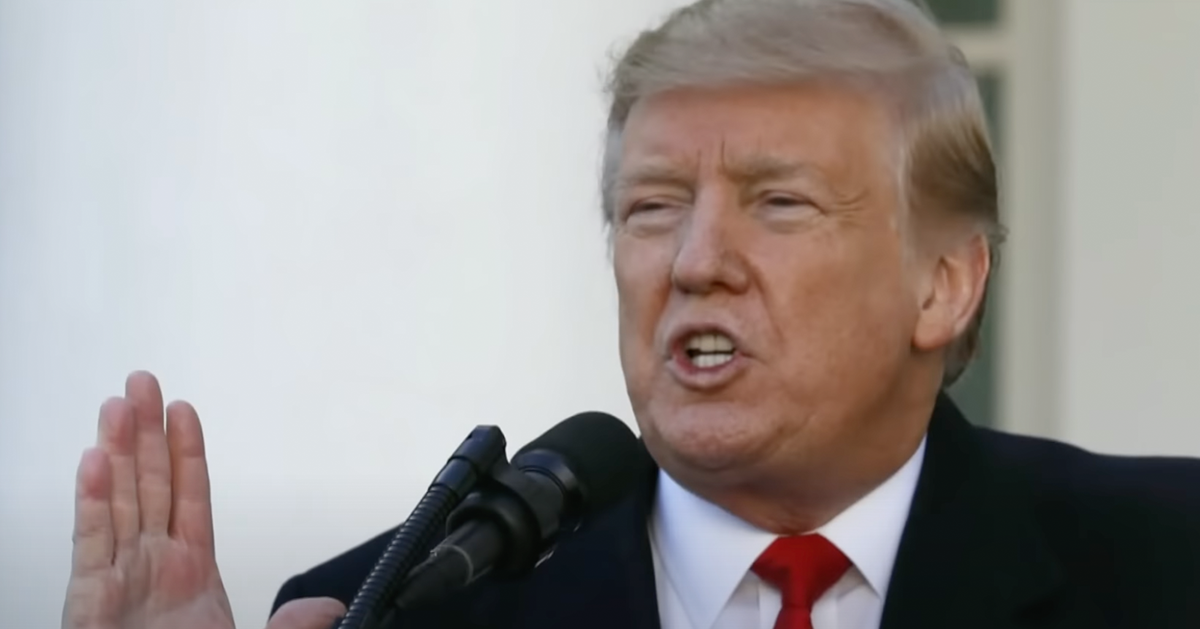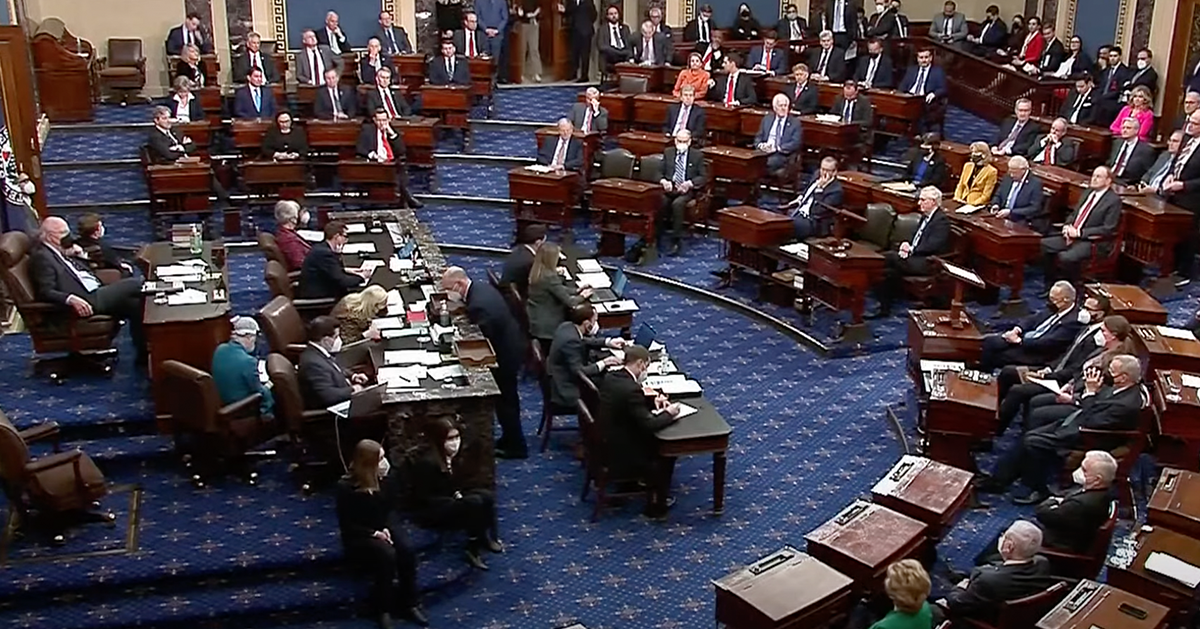Senate Republicans advance Trump budget framework
In a decisive overnight session, Senate Republicans secured approval for a sweeping fiscal framework designed to advance President Donald Trump’s policy goals.
The plan, which includes extensive tax cuts and budget reductions, moves forward amid strong partisan debates, with the Senate's passage setting the stage for further action in the House, as the Associated Press reports.
Internal party tensions emerge
In a tightly contested decision, the Senate voted 51-48 in favor of the financial blueprint, reflecting primarily partisan lines.
Notably, Republican Sens. Susan Collins and Rand Paul broke ranks, choosing not to support the measure. Their dissent highlights underlying tensions even within the GOP as the nation grapples with economic uncertainties.
The economic environment is fraught with challenges, as recent tariffs have impacted stock markets and sparked recession fears. Despite such opposition, President Trump's support played a pivotal role in maintaining momentum for the vote, which Senate Majority Leader John Thune encouraged by saying, "Let the voting begin."
The approved framework sets the groundwork for anticipated tax cut legislation, a prospect causing debate given the financial stakes and implications for various economic sectors.
Controversial budget measures included
Central to the Senate's plan are provisions for $175 billion dedicated to border security enhancements and military expansions. These expenditures have drawn criticism as they significantly affect the federal budget. The efforts of Democrats to amend these measures met overwhelming resistance, with all proposed alterations dismissed except a GOP initiative that aims to ensure Medicare and Medicaid protections.
The initiative proceeds to the House with ambitions of completion by Memorial Day. In its current form, the House's version stipulates $4.5 trillion in tax relief and $2 trillion in savings through budget cuts.
However, some House Republicans express discontent with the Senate's direction, complicating potential agreement and signaling possible legislative hurdles ahead.
Potential impact on debt, deficit acknowledged
The proposed financial plan anticipates a significant escalation in the national debt ceiling. Discrepancies exist between Senate and House estimates regarding the necessary increases, further complicating bipartisan alignment.
Key elements of the framework include the potential extension of tax breaks introduced in 2017. These extensions may disproportionately benefit higher-income earners, specifically those earning $450,000 or more annually.
Critics, including Sen. Bill Cassidy, express concerns about the impact of these tax cuts, warning they could escalate the federal deficit by $5.5 trillion over the next decade.
Leaders weigh in
President Trump endorsed the measure as the “big, beautiful bill” crucial to his administration’s goals. Meanwhile, Wyoming Sen. John Barrasso emphasized the plan's aims to enhance border protection, bolster the economy, and reinforce national security through military strength.
Conversely, Senate Democratic Party leader Chuck Schumer of New York voiced staunch opposition, labeling Trump’s policies as "a disaster" and expressing concerns about the proposed "Department of Government Efficiency."
Collins underscored potential negatives, citing detrimental impacts on families, seniors, and disabled individuals due to suggested Medicaid reductions. Similarly, Paul criticized fiscal projections, implying flaws in the budget's financial assumptions.
Next steps awaited
As the House prepares to deliberate on the Senate’s fiscal framework, challenges remain. The reconciliation of differences between the two chambers will be critical as lawmakers aim to reach a consensus by Memorial Day.
Intense debate is anticipated as legislators address the contentious issues highlighted by this substantial fiscal proposal. Stakeholders in both chambers must navigate differing priorities and fiscal philosophies.
The eventual outcome will carry significant implications for economic policy, federal debt, and the Trump administration's broader agenda.






